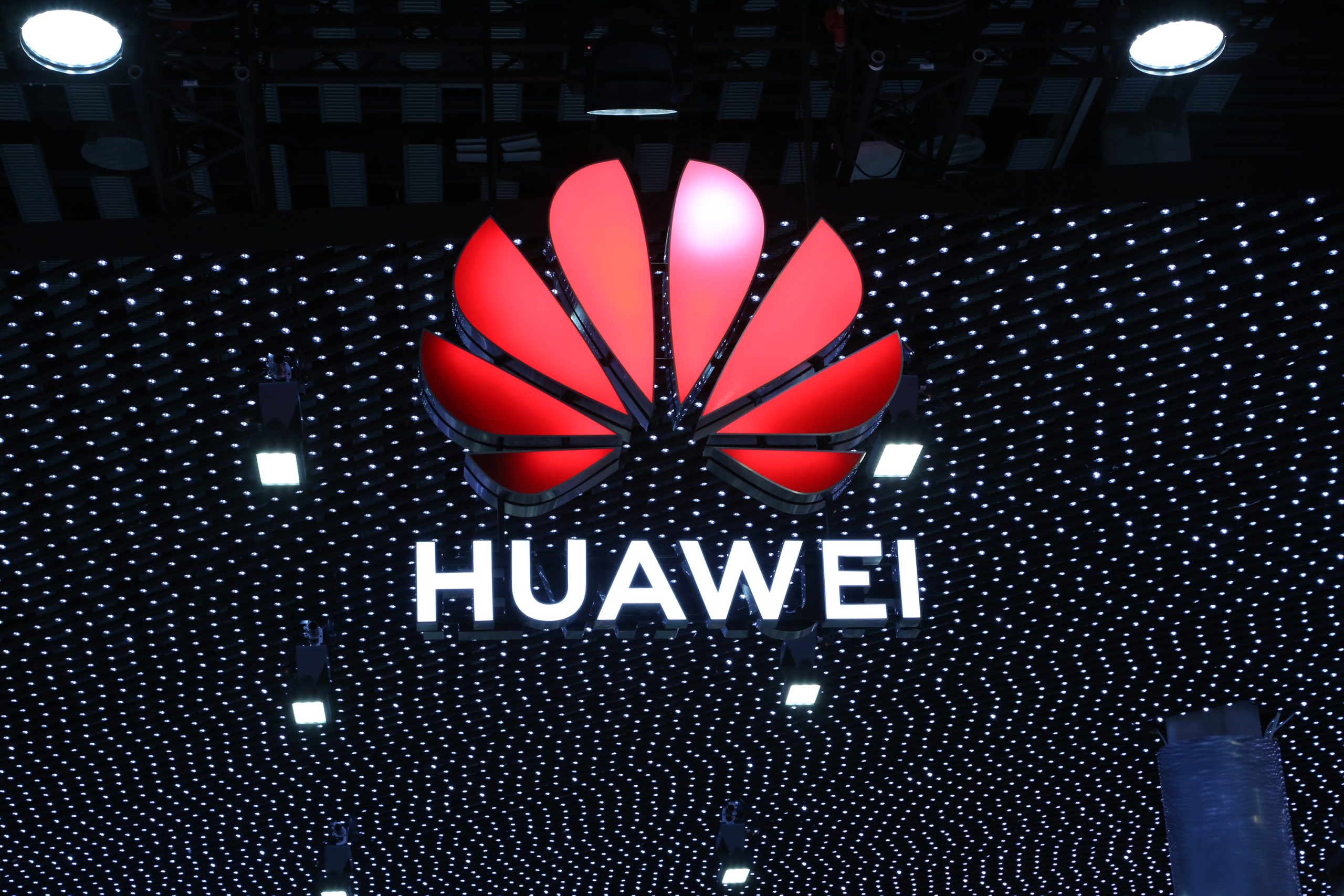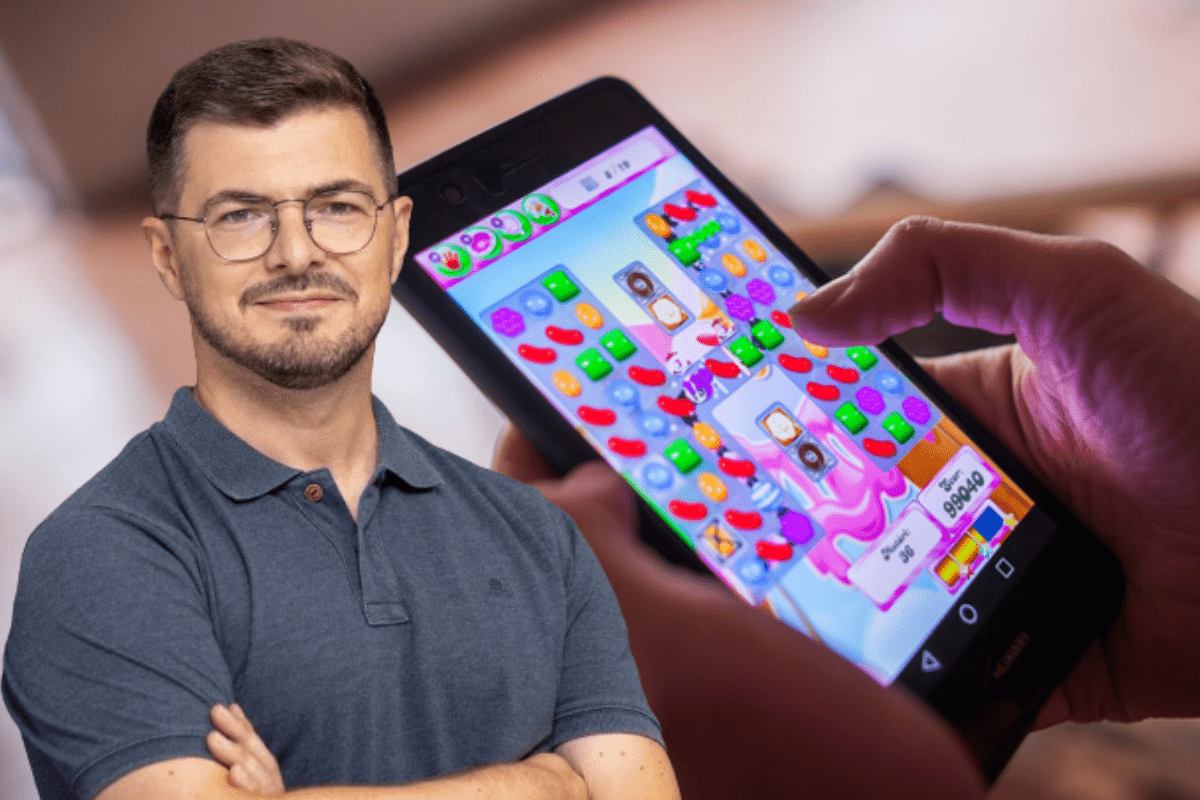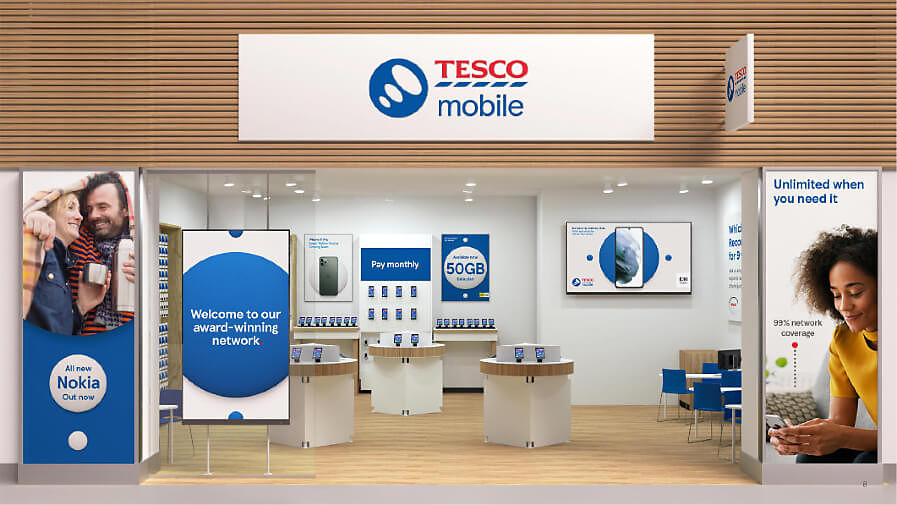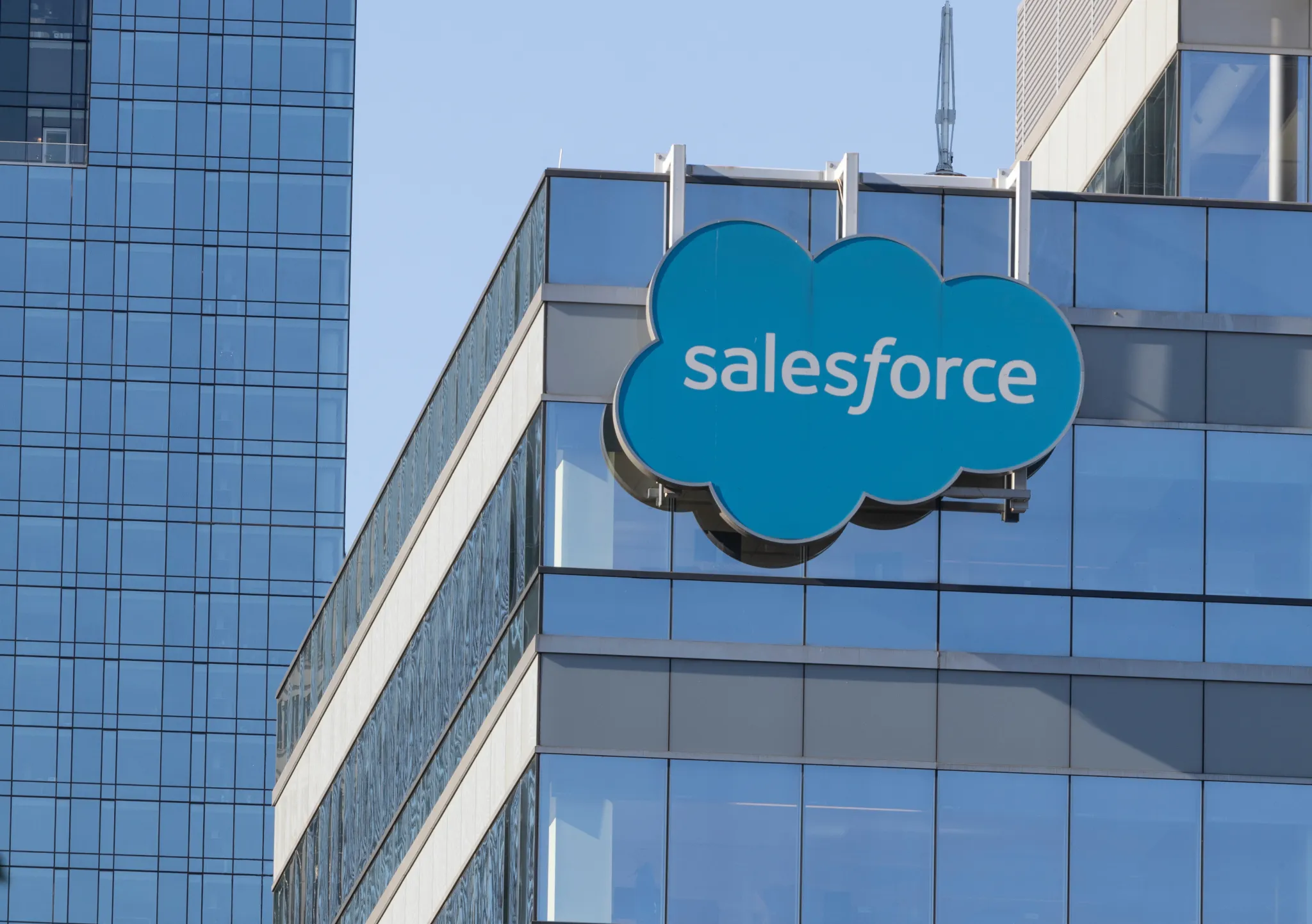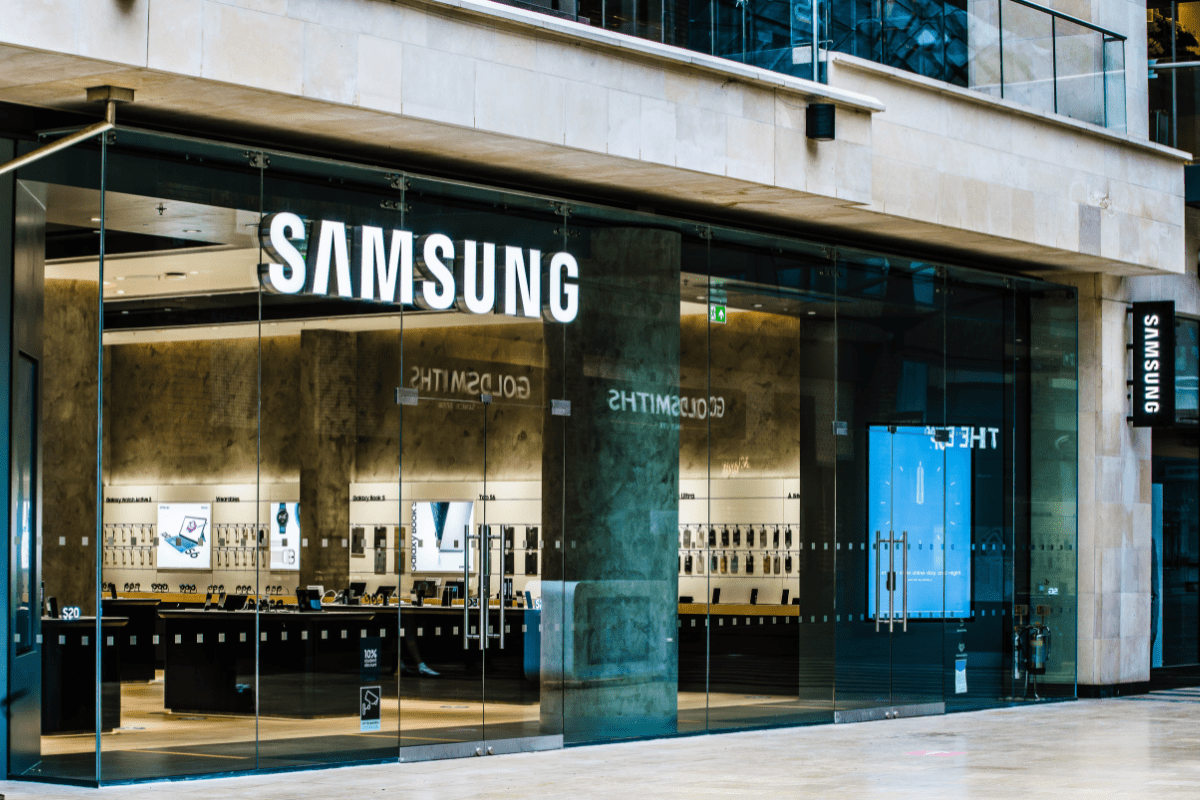2016: The Year in Numbers
- Wednesday, December 21st, 2016
- Share this article:
There are a lot of ways to sum up the events of the past 12 months. Weve already published a round-up of the biggest acquisitions, and a look at the stories surrounding one of the the biggest issues facing the industry this year – today, we gather together some of the most interesting and telling statistics, summing up where weve been in 2016 and where were headed.
 €36.2bn
€36.2bn
The total value of the European digital advertising market in 2015 – 25.4 per cent of which came from mobile – according to an IAB Europe and IHS Research report released in May. The year was particularly notable as the first time digital spend outpaced TV ads in the region.
£2.63bn
The amount spent on mobile advertising in the UK during 2015 – a straight £1bn increase on the year prior. That’s 30.5 per cent of all digital ad spend in the country, according to the IAB and PwC’s annual ad report in April.
64.5 per cent
The proportion of visits to retail sites in the UK last year that came from mobile phones, according to SimilarWeb. Perhaps surprising, the retailers which over-indexed on this front were traditional high street brands like Argos (76 per cent) and Boots (75 per cent).
$31bn
The amount of revenue Google has reportedly generated from Android, as of January this year, when the figure was disclosed by a lawyer as part of Oracle’s lawsuit claiming Google used its Java software in the development of Android without paying for it. The sum combines revenue from Google-supplied ads running on the OS and from app purchases on the Play Store.
419m
The number of smartphone users blocking ads on the mobile web, according to PageFair – some 22 per cent of the world’s smartphone-using population.
69 per cent
The proportion of mobile display advertising purchased programmatically in the US this year. That’s according to eMarketer forecasts from April, which predicted a 59.6 per cent year-on-year increase in programmatic spend on mobile, to $15.5bn. Now that the year’s nearly through, it shouldn’t be too long before we see some hard figures on what was really spent.
51.2m
The number of iPhones sold by Apple during Q2 2016, down from 61.2m the year before, the first time sales of the device had ever dropped year-on-year. This led to a 13 per cent fall in revenues for the company, its first in 13 years – but not its last, as Q3 and Q4 followed suit with drops of 15 per cent and nine per cent respectively.
6.1m
The number of UK adults – 13 per cent of the country’s population – who downloaded and installed Pokémon Go in its first month after release, according to YouGov. Globally, over the same period, the game made more than $160m, Sensor Tower reported.
$1bn
Snapchat’s projected ad revenues for 2017, according to eMarketer forecasts. That’s equivalent to 2.3 per cent of all social ad dollars spent in the US, just two years after its ad offering first launch, and expected to grow to $1.8bn by 2018.
£802m
The amount spent on smartphone display ads in the UK over H1 2016 – as mobile took the majority of digital ad spend for the first time. By comparison, a combined £762m was spent on PC and tablet ads over the same period, according to the IAB UK and PwC.
$9.93bn
The amount lost annually to mobile ad fraud, through a combination of lost impressions, fraudulent clicks and post-click disappearances. S4M calculated the figure based on a study showing that 26 per cent of non-Google and Facebook ads aren’t viewable.
49 per cent
The proportion of desktop and mobile ads served in the UK during Q3 2016 which were actually viewable, according to a report from Meetrics. That’s based on the IAB and Media Ratings Council definition, requiring 50 per cent of the ad to be in view for at least one second.
0.06 per cent
The proportion of people appearing in UK ads who are shown to have disabilities, according to research by Lloyds Banking Group – a huge discrepancy from the 17.9 per cent of the population who are disabled. It is also the proportion of LGBT representation in ads.
Two hours, 29 minutes
The average daily media time spent on smartphone and tablets in the UK in 2016, according to eMarketer – exceeding, for the first time, the average for desktop and laptop computers.
€3.8bn
The total mobile ad spend in Europe during the first six months of 2016, according to a report from IHS Markit – an increase of 58 per cent year-on-year.
48 per cent
The amount of mobile ad impressions served in the UK which fail to reach their intended audiences, based on gender and age demographics. That’s according to a Nielsen study, which found that desktop performs narrowly better (47 per cent missing their target) with broader audience, but mobile is more accurate for more narrow targeting.
71 per cent
Google and Facebook’s projected share of the UK online display ad market by 2020, according to OC&C Strategy Consultants, some £4.1bn in total. That’s up from the 53 per cent of the market the two companies currently command.
$1.2bn
The money spent on mobile over the course of Black Friday 2016, according to Adobe. It was the first day in mCommerce history to break the billion-dollar mark, as mobile purchases surged 33 per cent year-on-year.
23.7m
The number of views John Lewis’ 2016 Christmas ad, ‘Buster the Boxer’, has racked up on YouTube since its launch on 9 November – making it the year’s most-watched Christmas ad.




